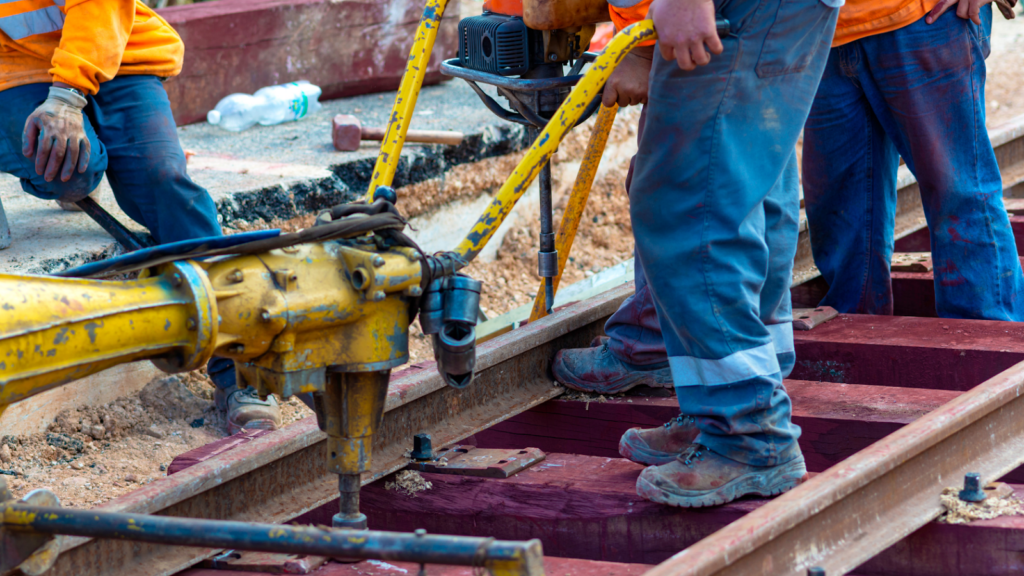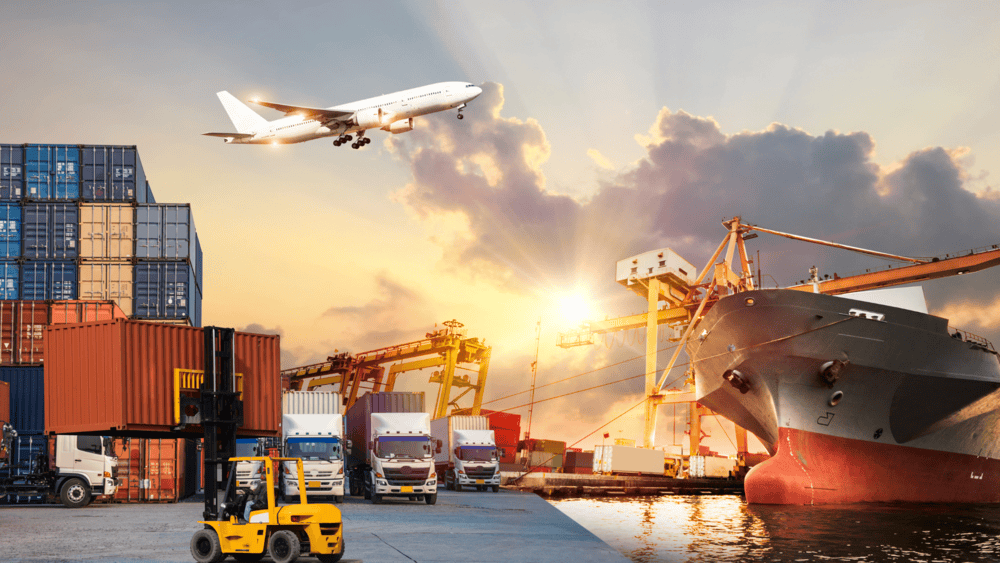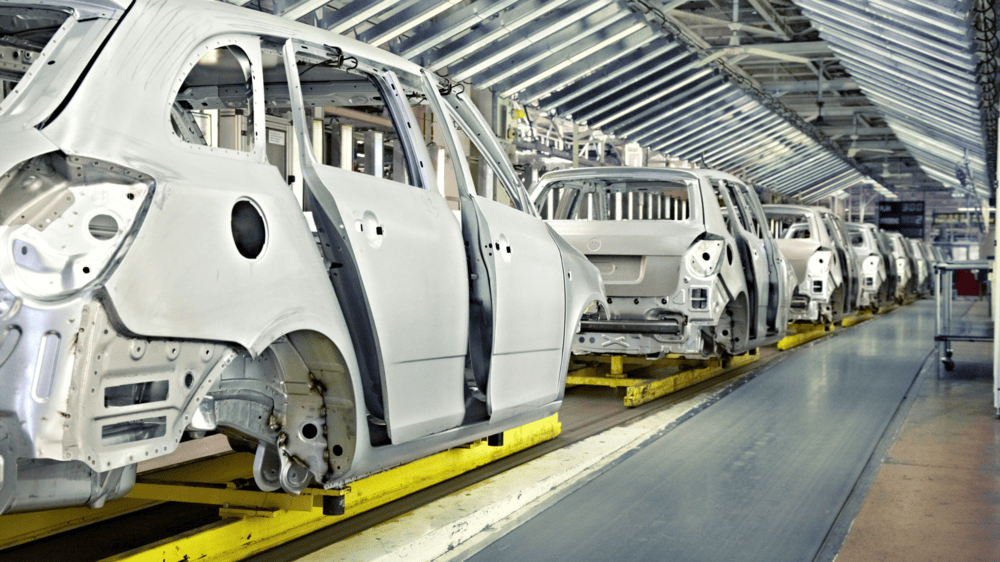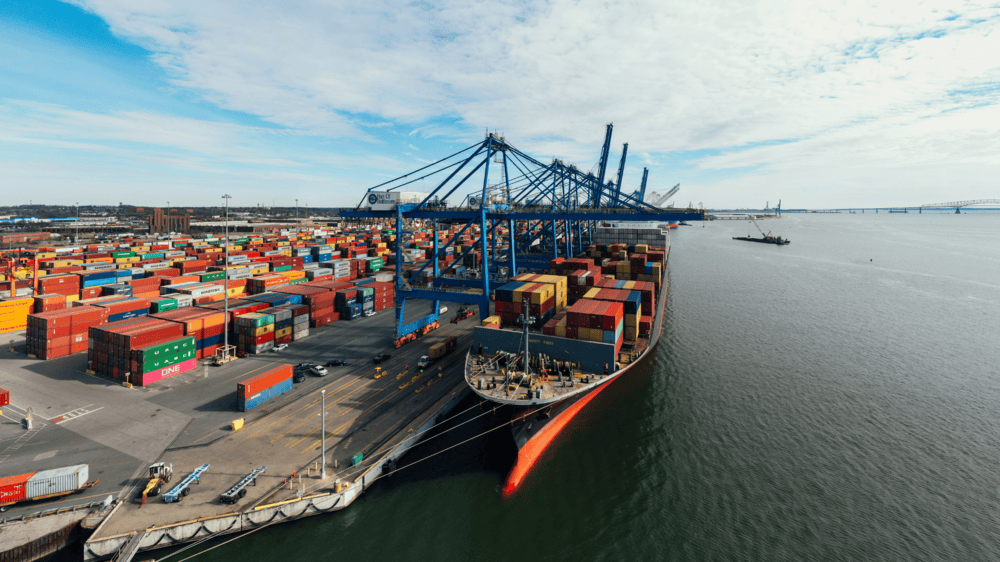South Africa’s Rail at a Crossroads: Fixing Transnet to Drive Industrial Growth
In the late 18th century, the steam engine, used in locomotives, was a foundational driver of the Industrial Revolution, stimulating the mass production of goods and facilitating the efficient transportation of raw materials and finished products. Innovations and technological advancements have kept trains at the forefront of logistics, ensuring they remain a critical industrial cog in any economy.
The rise and decline of South Africa’s railways
South Africa has an established railway network that was well-functioning, connecting all major cities. As reported in the Who Owns Whom report on railway transport and the manufacture of locomotives and rolling stock that you can buy here, South Africa’s railway system is the most highly developed in Africa. Besides freight, it previously carried 45 million passenger trips per month. Due to neglect and mismanagement, there are very few passenger trips today.
There has been some recent recovery, but far from the 45 million. With population growth and further development, this number should easily have surpassed 50 million today.
The graph here from the Who Owns Whom report illustrates the extent of the decline from 2010 to 2024.
The human cost of corruption and mismanagement
What is disheartening is that the decline is not only due to neglect, but also, as has been widely reported, due to the pervasive fraud, theft, and corruption in the South African economy. There is growing unease and anxiety about the country’s willingness and capacity to move beyond mere policy statements to reverse rail’s trajectory. This is a far cry from when Transnet was one of South Africa’s best-performing state-owned entities and one of the country’s largest taxpayers.
Four years ago, the chairperson of the parliamentary committee on Public Enterprises likened the state of affairs at Transnet to Armageddon. Changes are too slow, and interventions are not bold enough. One only needs to drive on national roads today to notice the huge number of trucks transporting goods by road instead of rail to know how slow the turnaround is.

Transnet capacity and procurement failures
According to the Who Owns Who report, Transnet’s Engineering claims it has the capacity to manufacture 4,000 wagons per year and maintain 70,000 wagons and 2,500 locomotives per year. In the past, it has assembled train kits supplied by other OEMs, notably GE Transportation (now Wabtec) from the US and CRRC from China. Transnet Engineering also previously reported that it has developed its own Trans Africa locomotive.
This raises the question of why Transnet issued expensive tenders to acquire new equipment from overseas, when it had inhouse industrial capacity? Those tenders were marred by corruption, irregularities, and unsuitable equipment that did not fit the South African railway infrastructure, resulting in court battles and billions of rands lost or squandered.
This also led to the deindustrialisation of existing local capacity and weakened economic activity. Today we sit with unreliable freight services that have made mining and industry uncompetitive in international markets, reducing exports and restricting GDP growth in South Africa.
Where to for the rail sector in South Africa
South Africa’s rail sector still has great potential for growth and industrialisation. Trade in Southern Africa is on the rise and South Africa is well-positioned to take advantage of such opportunities. The partnership with the private sector promises to fast-track some of the transformational changes and much much-needed increase in economic activity that can unlock billions of rands and create much-needed employment.With the right leadership from both the private sector and government, the rail sector can be transformed into a formidable force (again) on the African continent.
Contact us to access WOW's quality research on African industries and business
Contact UsRelated Articles
BlogCountries South AfricaTransportation and storage
Innovation steering the transport and logistics industry in South Africa: Trends, challenges, and opportunities
Contents [hide] The transport and logistics industry is a lifeline of any economy, and South Africa is no exception. Since the advent of democracy, after sanctions were lifted, South Africa’s...
BlogCountries South AfricaTransportation and storage
The Motor Vehicle Industry in South Africa: Challenges, Prospects and Opportunities
Contents [hide] Motor industries across the globe are driven by innovation. South Africa’s motor industry is actively pursuing innovation initiatives to remain competitive. A good example is the partnership between...
BlogCountries South AfricaTransportation and storage
Africa’s Ports and Harbours: Driving Trade and Growth Across the Continent
Contents [hide] Ports and harbours have evolved from the days when they merchants would display their crafts and fishermen would bring their daily catch, socialise over coffee and exchange their...





